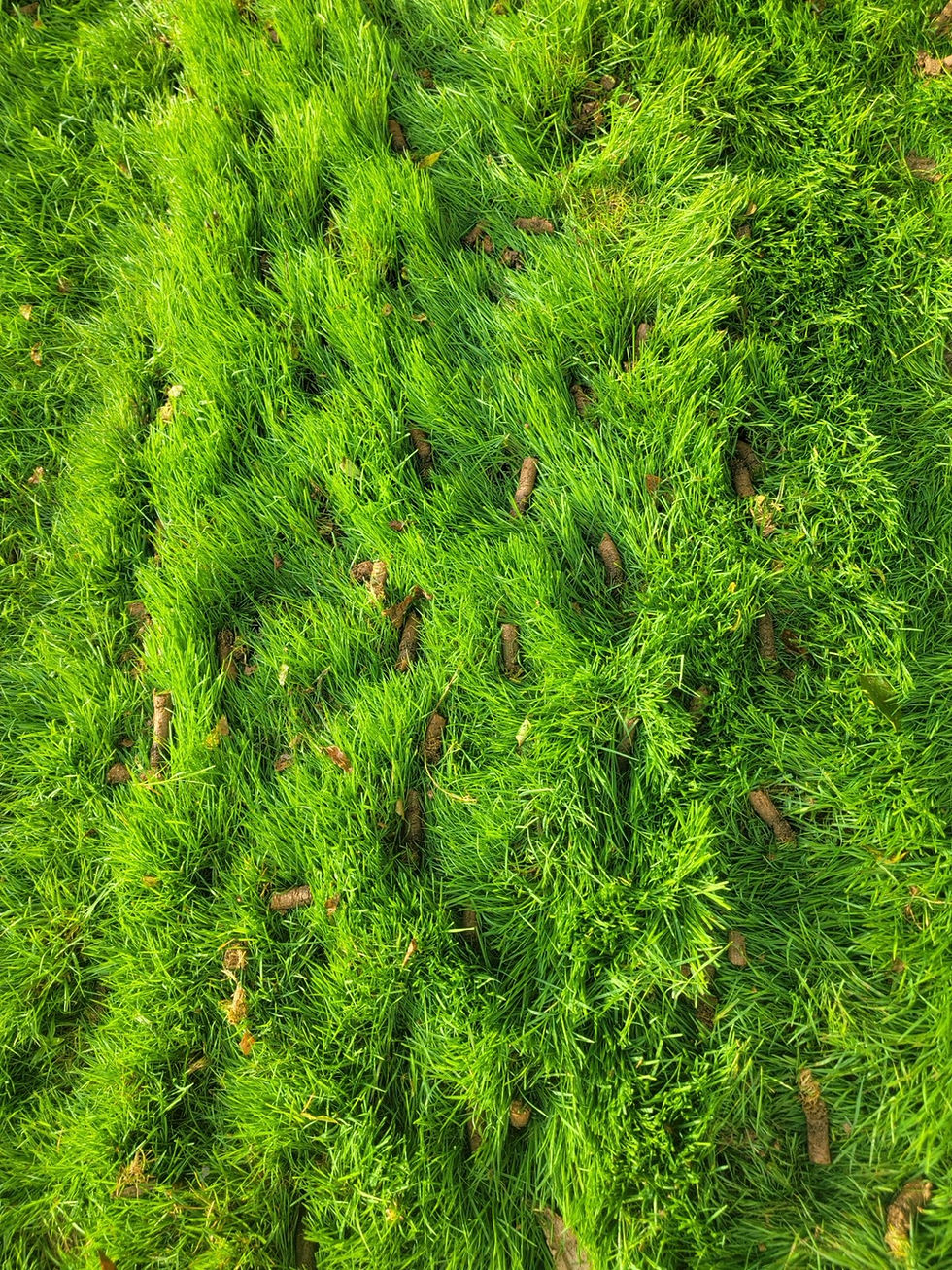What is the Best Mowing Height for Your Durham Residential Lawn?
- sqclawncare
- Jun 12
- 4 min read
Mowing your lawn may seem like a simple task, but it’s one of the most important parts of maintaining a healthy, beautiful yard, especially in a climate like Durham, North Carolina. One of the most frequently asked questions in Durham lawn care is: What is the best mowing height for my residential lawn?
The short answer is: It depends on your grass type. Most warm-season grasses common in Durham thrive when kept between 1.5 and 3 inches tall, but the optimal height can vary based on the specific variety, season, and weather conditions.
Below, we break down the ideal mowing heights by grass type, why mowing height matters, and best practices to promote long-term lawn health in Durham’s regional climate.

Quick Answer: Recommended Mowing Heights for Durham Grass Types
Grass Type | Ideal Mowing Height |
Bermuda Grass | 1.0 – 1.5 inches |
Zoysia Grass | 1.0 – 2.0 inches |
Centipede Grass | 1.5 – 2.0 inches |
Tall Fescue | 2.5 – 3.5 inches |
Kentucky Bluegrass | 2.5 – 3.0 inches |
These numbers offer a starting point for proper Durham lawn care, but always adjust based on the season and lawn conditions.
Why Mowing Height Matters
Mowing too short or “scalping” can severely damage your lawn by removing too much of the leaf blade, stressing the grass, and exposing soil to weeds and disease. On the flip side, letting your grass grow too tall may lead to thatch buildup, uneven growth, and pest problems.
Here’s why mowing height plays a critical role in the overall health of your lawn:
Photosynthesis Efficiency: Taller blades allow for better photosynthesis, leading to stronger roots and healthier turf.
Weed Suppression: Properly mowed lawns are less likely to develop weed infestations.
Moisture Retention: Grass cut at the right height helps shade the soil, reducing evaporation and preserving water.
Disease Resistance: Consistent mowing at the right height minimizes the risk of fungus and turf disease.
With Durham’s hot, humid summers and mild winters, maintaining the proper mowing height is essential for year-round lawn health.
Warm-Season Grasses in Durham: Best Mowing Heights
Bermuda Grass
Mowing Height: 1.0 to 1.5 inches This common warm-season grass thrives in sunny Durham yards. Keep it short for a dense, carpet-like appearance. Mow frequently every 5–7 days during peak growth.
Zoysia Grass
Mowing Height: 1.0 to 2.0 inches Zoysia offers thick coverage and good drought resistance. Avoid letting it grow too tall, as this can make mowing uneven and challenging.
Centipede Grass
Mowing Height: 1.5 to 2.0 inches This low-maintenance grass does well with slightly higher mowing. Avoid scalping, as centipede grass recovers slowly from stress.
Cool-Season Grasses in Durham: Best Mowing Heights
Tall Fescue
Mowing Height: 2.5 to 3.5 inches Tall fescue is the go-to cool-season grass in Durham. Taller mowing promotes drought tolerance and keeps the grass looking lush during hot spells.
Kentucky Bluegrass
Mowing Height: 2.5 to 3.0 inches Although less common, some Durham homeowners plant bluegrass blends. Keep it trimmed but tall enough to maintain root strength.

Seasonal Tips for Durham Lawn Care
The best mowing height also depends on the time of year. Here’s how to adjust based on Durham’s seasonal conditions:
Spring: Begin mowing as grass starts growing. Don’t cut more than one-third of the blade in a single mow.
Summer: Raise your mowing height by 0.5 inch during extreme heat to help retain moisture.
Fall: Lower your mower slightly to prepare for dormancy but avoid cutting too short.
Winter: Most grasses go dormant. Limit mowing and avoid heavy traffic on the turf.
Best Practices for Mowing Your Durham Lawn
To make the most of your mowing routine, follow these Durham lawn care tips:
Keep mower blades sharp to avoid tearing the grass.
Always follow the one-third rule by cutting no more than one-third of the grass blade during each mow.
Alternate mowing patterns weekly to prevent soil compaction.
Leave grass clippings on the lawn (mulching) to return nutrients to the soil.
Avoid mowing when the lawn is wet, which can lead to disease and uneven cuts.
Professional lawn care services, like those provided in Durham, can help ensure proper mowing heights are maintained throughout the year.
Expert Insight: Why Mowing Height Is a Top Priority in Durham Lawn Care
At the core of every healthy lawn is consistency. Whether you manage your yard on your own or rely on professionals, mowing height is not just cosmetic it’s biological. It affects how your lawn breathes, grows, and resists stress.
In Durham’s climate, homeowners often face unpredictable weather shifts, summer droughts, and high humidity, all factors that stress your grass. Setting and maintaining the right mowing height gives your lawn the resilience it needs to withstand these challenges.
For those unsure about their lawn’s specific needs, local lawn care experts can assess your turf type, soil condition, and exposure to sun/shade to determine the ideal mowing practices. This personalized approach can make a big difference in achieving that green, healthy look season after season.

Final Thoughts on Durham Lawn Care and Mowing Heights
To keep your residential lawn in top shape, understanding and applying the correct mowing height is key. Whether you’re dealing with Bermuda grass in full sun or a fescue lawn in partial shade, height matters.
Implementing proper mowing height practices will help you:
Reduce disease and weed pressure
Strengthen your lawn's root system
Improve drought resistance and durability
Enhance curb appeal in every season
If you want to optimize your mowing routine and take the guesswork out of lawn maintenance, consider reaching out to a trusted local service specializing in Durham lawn care. Professionals can tailor mowing schedules and height adjustments based on your grass type, seasonal needs, and property conditions.







